Types of Black Holes and how they are formed accordingly
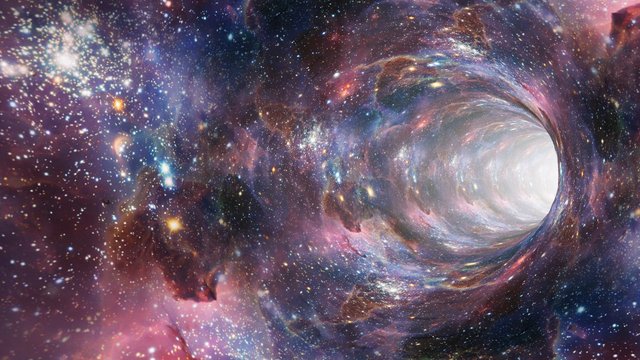 Source
SourceTables of contents:
Introduction
what is black hole?
Types of black holes and how they are formed accordingly
What happens if a matter falls into black hole?
How is black hole observed?
Some curious Questions you can ask yourself about black hole.
Conclusion
1. Introduction
In the universe there a lot of things that some even don't know that they exist because they are not directly affecting them.
Black holes don't affect earth directly but by curiosity science is digging deeper to know about it. And in this article I'll try just to give an overview.
2. What is black hole
This is a region formed in space with high gravitational pull that pulls anything in it's gravitational field, even light can not escape from inside it.
It's outermost boundary is called event horizon. From event horizon to the hole the black hole becomes infinitely curved and this is called singularity.
At singularity the particles get infinite density and here all laws of phisics that require space and time don't apply.
Albert Einstein was the first person to predict black holes in 1916 with his general theory of relativity. And John Wheeler the American astronomer coined the term black hole in 1967. The first one discovered in 1971.
Stephen Hawkings believes black holes could be oribited to supply earth's electricity.
Comparing to real life, let's take an example of a hole that is swallowing water around it,
the difference is that black hole pulls everything bigger or smaller, it can even swallow a very big matter more than it's size and squeeze it into small particle.
Or take an example of black body that doesn't reflect any light, the black hole also swallow even light.
3. Types of black holes and how they are formed accordingly
1. Stellar black hole: small size black holes
2. Midsized black holes
3. Supermassive black holes
Other classification of black holes:
A. Primordial black holes: these are the smallest ones with highest gravitational pull.
The more a black hole become small the more increase in gravitational pull. Scientists believe that Primordial black holes are as small as a single atom but can fit(swallow inside it) a mass of large mountain. Primordial black holes are thought to be formed in early universe soon after big bang.
B. Stellar mass black holes: these are medium sized 20 times than mass of the sun or 20 solar mass(1 solar mass=2*10^30kgs). And it fits inside a ball of 10 miles Diameter. And these are formed from remnants of a large Star that explode or die in a supernova explosion.
C. Supermassive black holes: These are millions to billions times solar mass or just mass of millions of suns together. And can fit in a ball of Diameter about size of solar system. Astronomers believe that there is a supermassive black hole at a center of virtually all large galaxies. The one in Milky Way(our galaxy) is called Sagittarius A*
4. What happens if a matter falls into black hole?
When a matter falls into black hole can form an external accretion disk(Structure formed by diffused material in orbital motion around a massive central body{star}).Friction will cause orbiting material in the disk spiral inward towards central body. And gravitation together with friction forces compress and raise the temperature of the material and this causes emission of electromagnetic radiations (the frequency range of these radiations will depend on mass of central body).
🚩 Accretion disk of young stars and very young ones(prostar) radiate in infrared while those around neutron stars and black holes radiates in X-rays.
🚩 Excretion is the opposite of accretion where materials are excreted from the center outward on the disk and is formed when Stars merge.
5. How is black hole observed?
Black holes can not be seen by taking photos by astronomical instruments, no because of their gravitational pull that pulls even light into its center.
Astronomers may use the following methods with astronomical instruments:
🌟 Black holes pull outer gases of the star and form accretion disk and as gases move from accretion disk towards inside black holes, they are heated to the very high temperature and releases X-ray lights in all directions and this can be detected by telescopes. 🔭
🌟 They may also study the motion of stars to find if it is orbiting a black hole, because when a black hole and a star are orbiting close together high energy light is produced and the last can be seen by scientific instruments.
6. Some curious Questions you can ask yourself about black hole.
⚀ What can happen if a person fall into a black hole?
Because of the high gravitational pull you will feel more pull on legs than head as legs will be pointing towards the higher gravitational pull, and this will result in stretching apart (spaghettification).
🚩In small black holes stretching is so strong as because of high gravitional in there and this will result in torning of your body before you even reach the event Horizon.
🚩 In supermassive your body can remain intact even after crossing event horizon then at singularity you will be violently compressed into a single point of infinite density then you become a part of black hole.
⚁ Can sun turn into black hole?
No, it does not have enough mass to explode into black hole.
⚂ If a black hole of same mass as the sun were to replace the sun? Will not swallow the earth?
No,it Would keep same gravity as the sun. Planets would continue to orbit on the black hole as on the sun.7. Conclusion
There are still a lot to study about this hole that Swallow everything in its field of gravitational pull. You can read more and watch videos about black hole on the following references.
References:
https://www.nasa.gov/audience/forstudents/5-8/features/nasa-knows/what-is-a-supernova.html
https://www.nasa.gov/audience/forstudents/5-8/features/nasa-knows/what-is-a-black-hole-58.html
http://hubblesite.org/explore_astronomy/black_holes/encyc_mod3_q16.html
https://www.spaceanswers.com/deep-space/is-it-possible-to-go-inside-a-black-hole-and-survive/
https://www.space.com/15421-black-holes-facts-formation-discovery-sdcmp.html
https://pixabay.com/en/photos/?q=Black+holes&hp=&image_type=all&order=&cat=&min_width=&min_height=
By Jado
SHALLOM

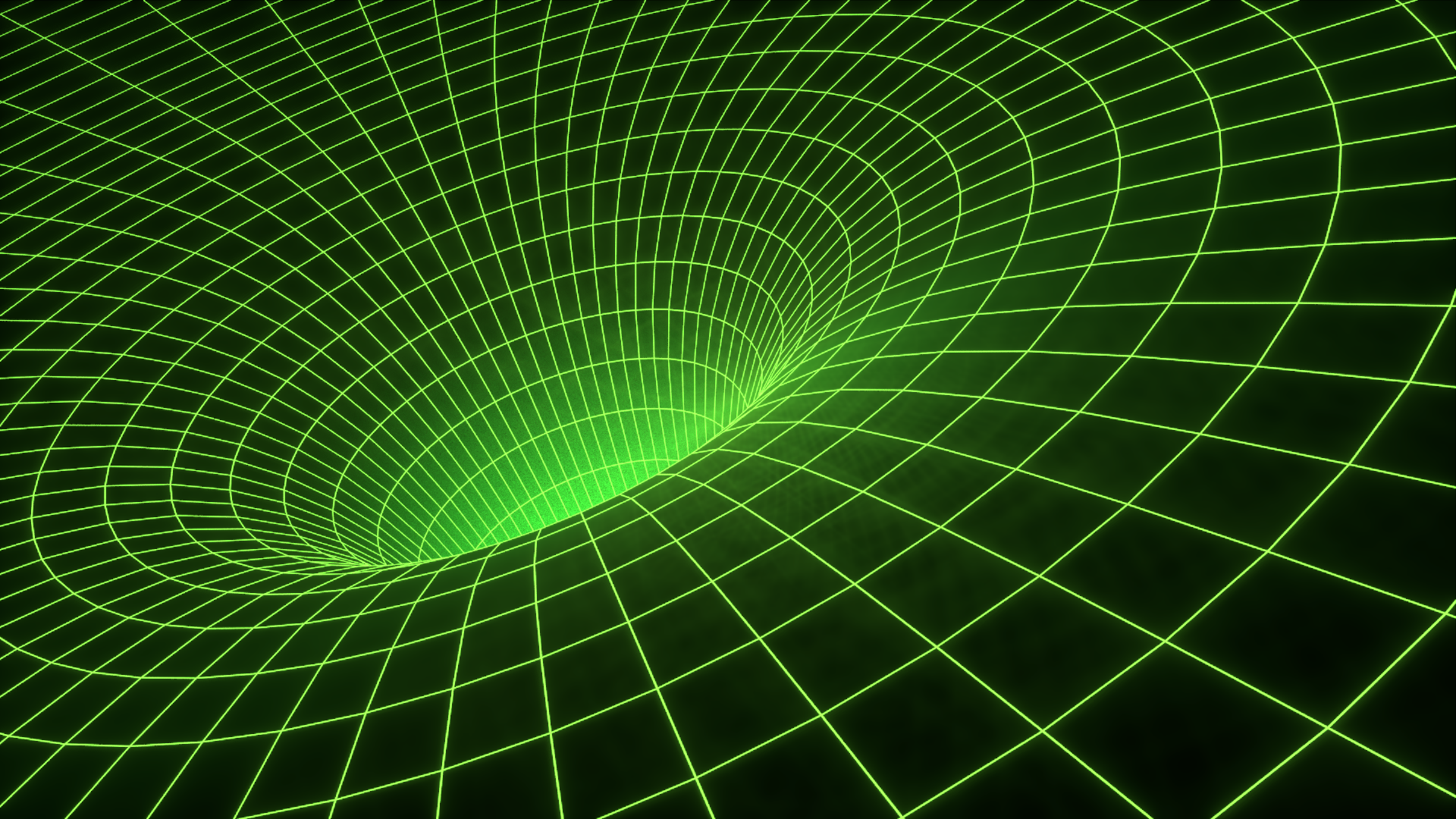
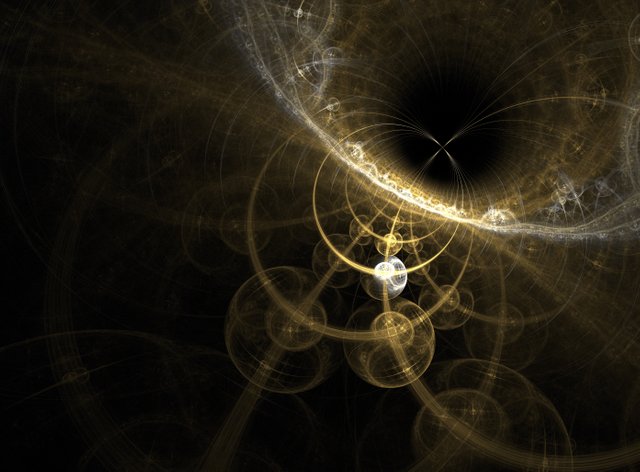

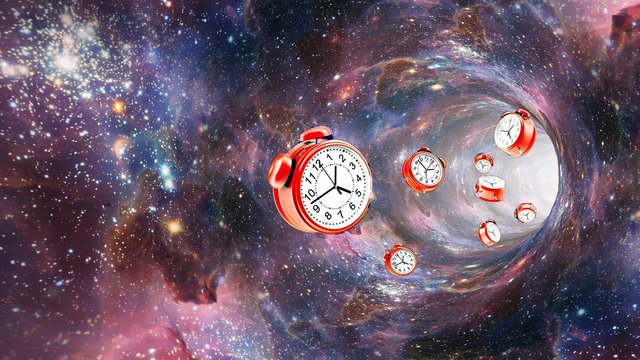
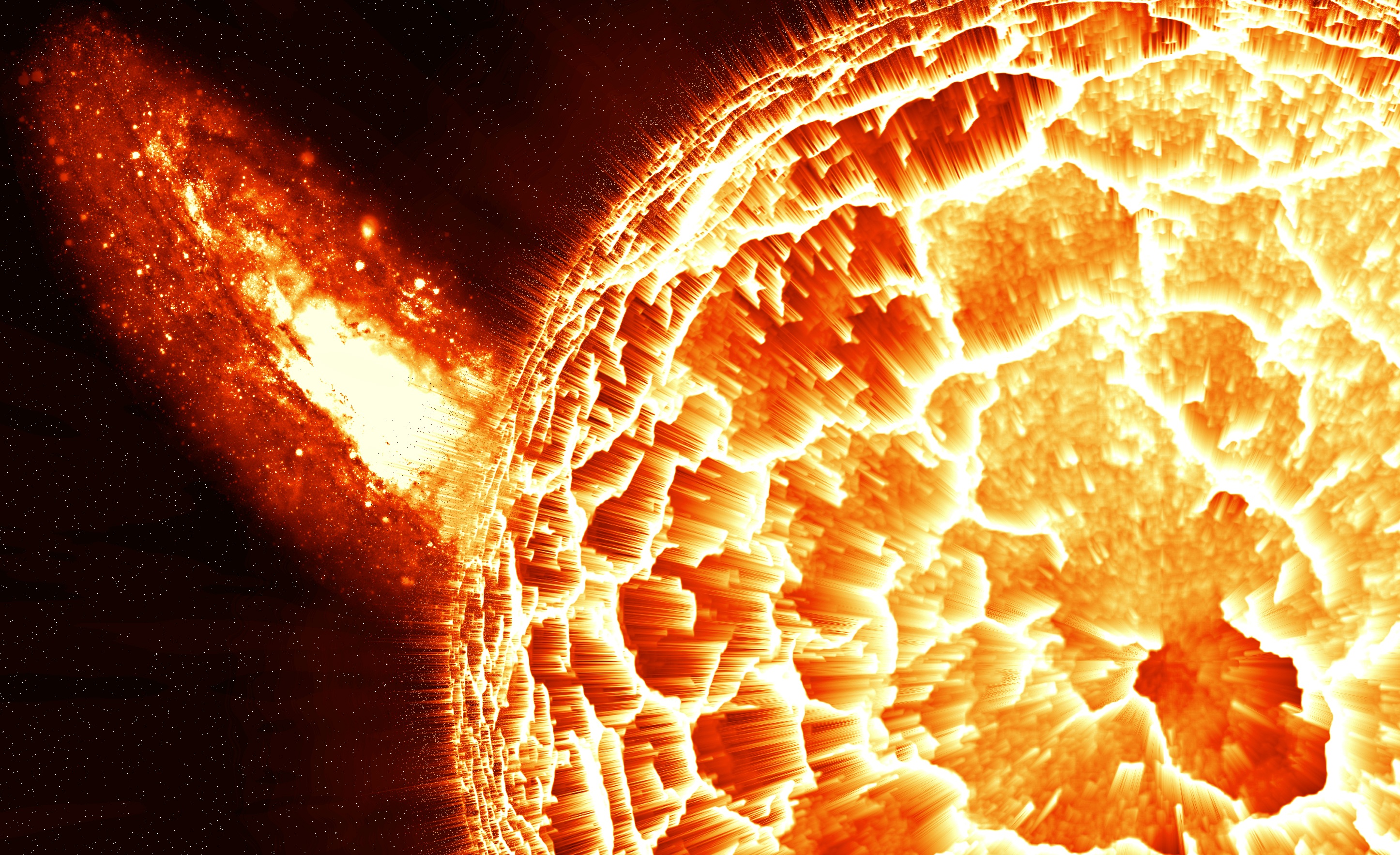
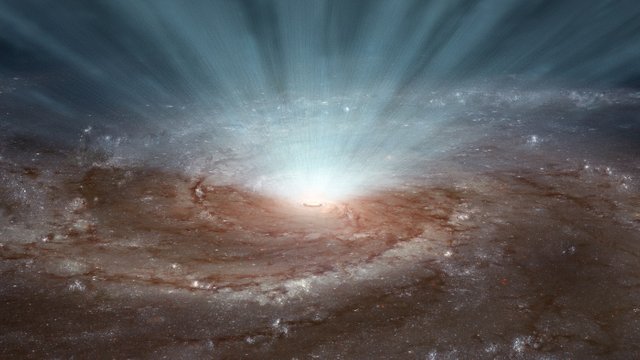
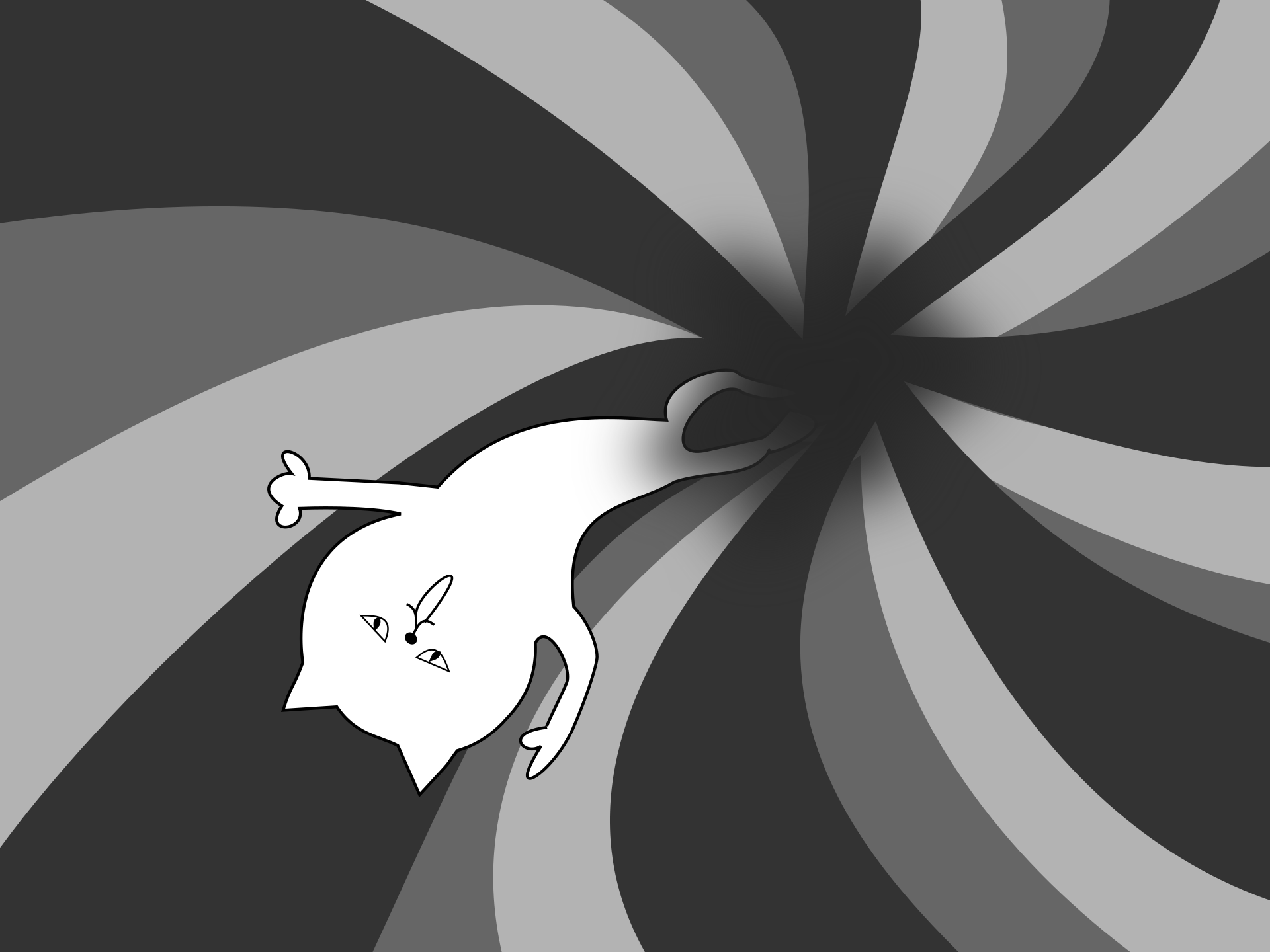
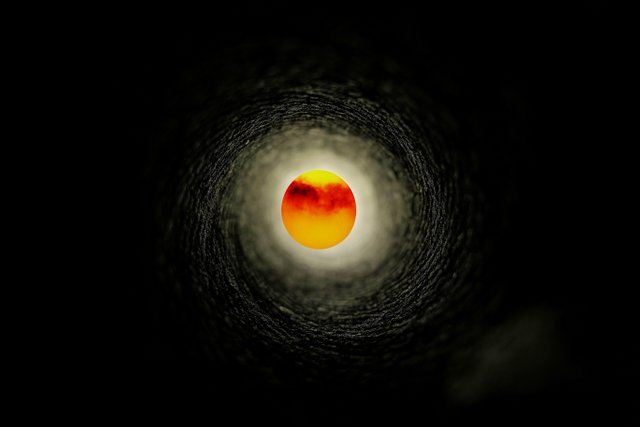
Hi @bmotives! You have presented the article very nicely and elaborately described the information about blackhole.
Moreover I guess you need to edit few things, so as to be an effective author. The black hole in our galaxy is Sagittarius A* and our galaxy name is Milky way, not Milk way! Please correct such informations so that readers should not get confused!
But it is an awesome work I must say.. ;)
Cheers!! :)
Thanks a lot @star-vc let me edit that immediately!
In your introduction you stated that "black hole dont affect the earth directly" so where can we find the black hole? And how can we identify a black whole when we see one?
Thanks for stopping by @habeebability
Black Holes are in the universe, in the center of every Galaxy there is one supermassive black hole and astronomers are the ones to identify them according to their effects on nearest starts , the one which is nearest to earth is at 27,000 light-years away so this can not affect.
For details read carefully the article.
Thank you!
Oh great, now i got it
Thanks for the post @bmotives . This really explain why people dread blackholes in science-fic movies.
You're welcome @Kamiikazer
Highly Informative.
Woah black holes a lot more interesting than I thought of.
Always found black holes fascinating, really pulled me towards that topic
Very educative indeed:)
Black holes and topics related to space are always very fascinating. Nice article @bmotives. Thank u for sharing.
Nicely presented information. There have been a lot of theories about our Milky way galaxy and the black holes. but you made real effort to present the information in a clear and informative manner except the few errors rightly pointed out by others.
One of the most fascinating phenomenon that I wish we could whitness and fully understand one day! I want to see spaghettification!